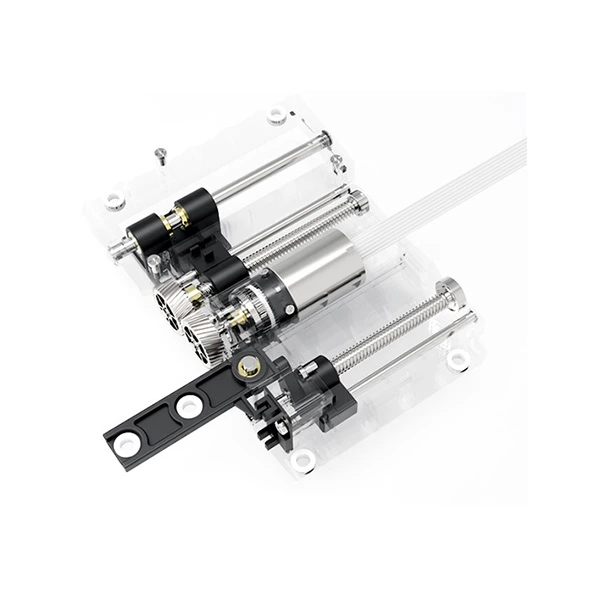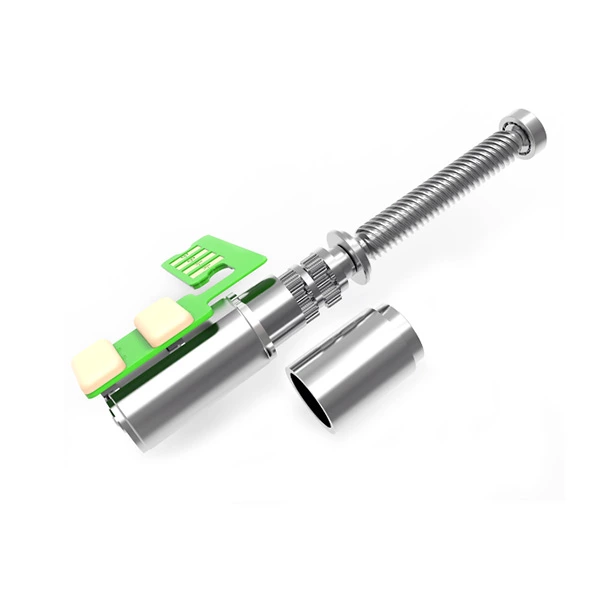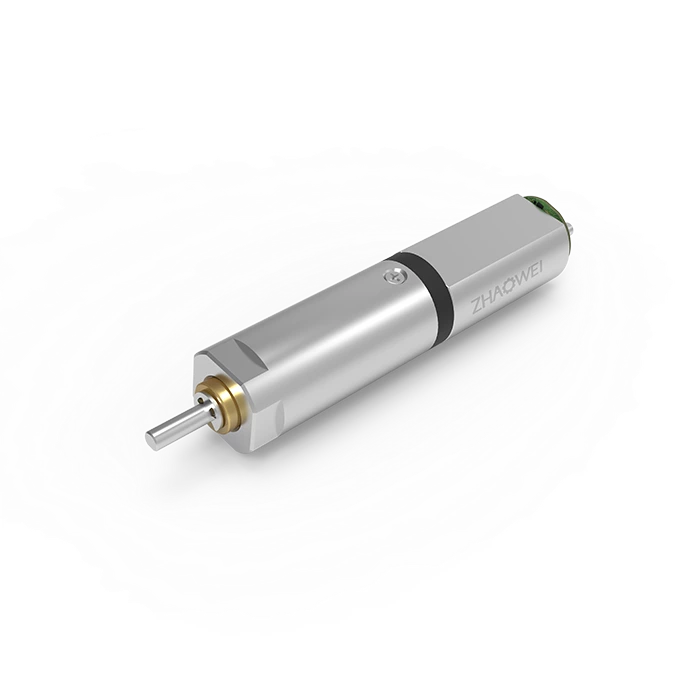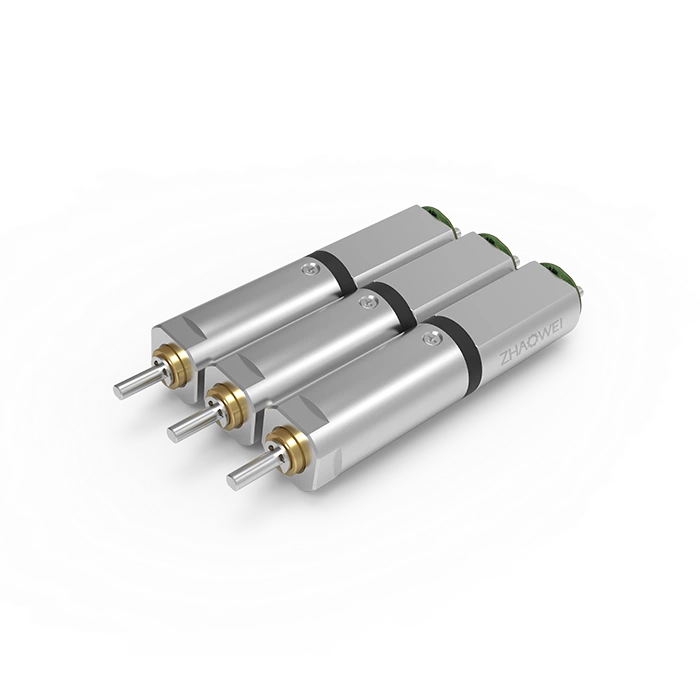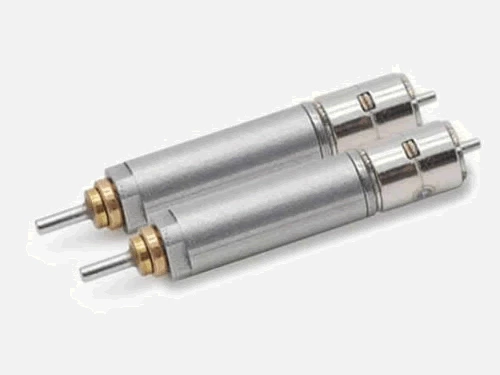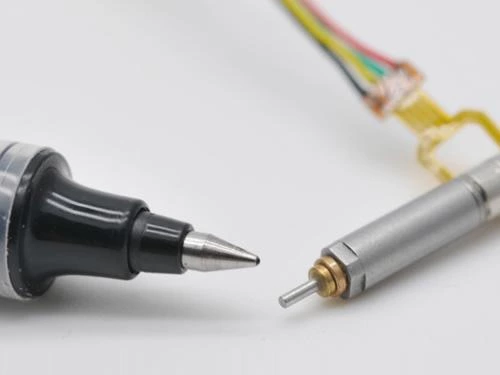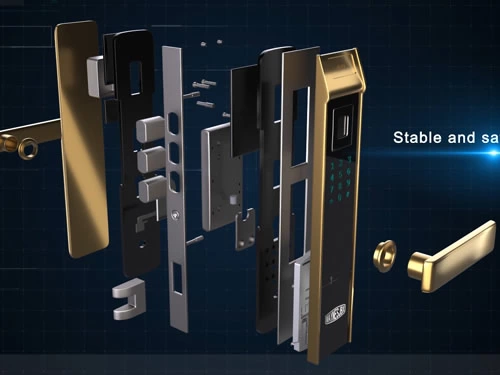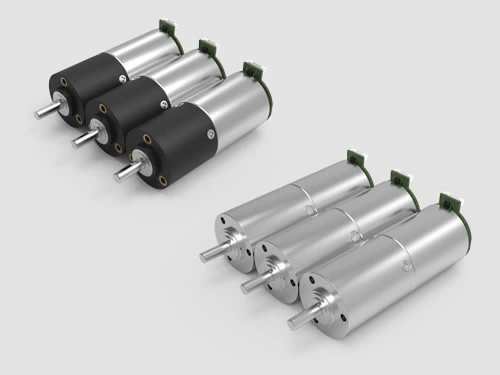Selection Calculations of DC Gear Motors
DC gear motors, or gear motors, are motors that add a complete set of gearboxes on the basis of common DC motors. The role of the gearbox is to provide lower speed and higher torque. This is also why it’s called a high torque, low rpm DC gear motor. The different reduction ratios of the gearbox simultaneously provides different speed and torque. This greatly improves the use of the DC motor in the automation industry. However, when selecting the type of DC gear motor, the following parameters (transmission ratio and power) should be calculated, and attention should be paid to the selection points.
Calculation of DC Gear Motor Parameters:
Transmission ratio calculation:
The theoretical range of first-stage transmission ratio is “n motor = (6-20) *n output = (6-20) *360r/min”. The theoretical range of first-stage transmission ratio is “n motor = (8-40) *n output = (8-40) *360r/min”. Then, the motor power and speed have been calculated. If you need to pay attention to the torque, it can also be calculated to be T=9550P/n or T=973P/n, so that you can select the motor model.
Power calculation:
Static power calculation:
- Linear motion: P = V/F * 1000η(P-w: static power, F-N: running resistance, V-m/s: running speed)
- Rotational motion: P=M*N/9550η (P-w: static power, M-N.m: torque, n-rpm: rotational speed)
Dynamic power calculation:
- Rotational motion: P=Jt*Nt/91200*tA*η (P-w: dynamic power, Jt-Kg.m: rotational inertia, n-rpm: rotational speed, tA-S: starting time)
- Linear motion: inertial force F=ma; (m-kg, a-m/s: starting acceleration)
Elements of Gear Motor Selection Calculation:
- Determine the use and application scenarios of the DC gear motor, and list factors such as environmental requirements before the purchasing;
- Determine what type of DC gear motor is needed, and what power and performance requirements are needed, including low power, high torque, low speed, noise, energy consumption and parameters;
- Determine the output shaft torque, and installation and maintenance methods of DC gear motors (even small DC gear motors);
- Determine the input shaft speed and reduction ratio;
- Select DC gear motor according to flange size. If the output shaft torque is not enough, return to step 2 and repeat the process;
- Determine whether the working temperature and backlash meet the requirements (it can also be the first step);
- Calculate the torque of the load motor; It plays an important role in the service life of the motor. It is also worth noting whether the maximum torque value (TP) of acceleration exceeds the maximum load torque of the motor.







